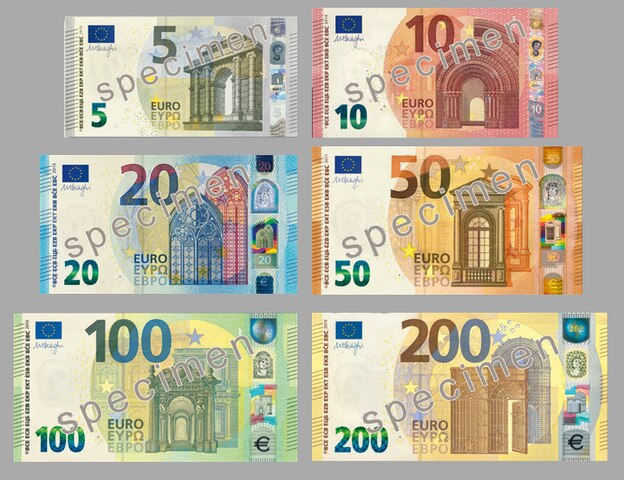The euro (€) is the official currency of the Eurozone, which consists of 19 of the 27 European Union (EU) member states. Here’s a brief overview of the history and evolution of the euro:
Page Contents
Toggle1. Origins:
- The idea of a single European currency dates back to the 1957 Treaty of Rome, which established the European Economic Community (EEC). However, it wasn’t until the Maastricht Treaty in 1992 that the formal decision to create a single currency was made.

2. Maastricht Treaty:
- Signed in 1992, the Maastricht Treaty laid the groundwork for the Economic and Monetary Union (EMU), which included the creation of a single currency. The treaty established criteria, known as the Maastricht criteria, that EU member states had to meet to adopt the euro.
3. Euro as a Virtual Currency:
- Before physical euro banknotes and coins were introduced, the euro existed as a virtual currency. Electronic transactions and accounting were conducted in euros from January 1, 1999.
4. Introduction of Euro Banknotes and Coins:
- Euro banknotes and coins were introduced on January 1, 2002. This marked the culmination of the transition from national currencies to the euro in 12 EU countries.
5. Expansion of the Eurozone:
- Since its introduction, the euro has seen several expansions of the Eurozone. Initially, 12 countries adopted the euro in 2002. Over the years, more countries joined, and as of my last knowledge update in January 2022, 19 out of 27 EU member states use the euro.
6. Euro Banknotes and Coins:
- The euro banknotes and coins were designed to be a symbol of European unity, featuring architectural styles from different periods in Europe’s history. Euro banknotes come in denominations of 5, 10, 20, 50, 100, 200, and 500 euros.
7. Eurozone Challenges:
- The euro has faced challenges, especially during the European sovereign debt crisis that emerged in the late 2000s. Some member countries faced economic difficulties, leading to discussions about the stability and sustainability of the eurozone.
8. Euro as a Global Reserve Currency:
- The euro is one of the world’s major reserve currencies, although it is not as dominant as the U.S. dollar. Its status as a global reserve currency reflects the economic strength of the Eurozone.
9. Ongoing Developments:
- The euro continues to evolve, with ongoing discussions about deepening economic and monetary integration among Eurozone countries. Proposals for a common fiscal policy and banking union are part of the broader conversations about the future of the euro.
It’s important to note that developments may have occurred after my last knowledge update in January 2022, and you may want to check more recent sources for the latest information on the euro.











